As the third anniversary of the Brexit referendum approaches, the United Kingdom has failed three times to gain parliamentary approval of a withdrawal deal, extended the departure deadline twice, held elections to a European legislature it planned to vacate, and pressured its prime minister into announcing her resignation date.
Attention is now focused on the Conservative Party leadership challenge, particularly the question of whether a new prime minister can force a no-deal exit over Parliament’s opposition. The future of Brexit remains as uncertain as ever.
When is the current Brexit deadline?
Following the U.K.’s failure to ratify the Brexit deal by the revised April 12 deadline, Prime Minister Theresa May requested an extension from the European Union at an emergency summit on April 10. The EU postponed the departure date until October 31, though the U.K. could leave earlier if it ratifies the deal. European leaders will review progress at a June 20-21 summit. Although this extension was intended to give the U.K. six months to reach a consensus on Brexit, the first half will be spent selecting a new prime minister.
Amid heightened frustration with stalemate in London, EU leaders sought to limit damage to the union. The majority of them—including German Chancellor Angela Merkel—advocated a longer extension. This approach would have removed Brexit from the immediate agenda, allowed time for British domestic politics to unfold, and possibly scared Conservatives into supporting a deal lest it slip away. However, French President Emmanuel Macron insisted upon a shorter deadline to focus British minds and prevent the U.K. from interfering with the new EU political cycle (including his plans for reform). The resulting compromise, reached after nearly nine hours of debate, marked the biggest rift to date in EU unity over Brexit.
When is May stepping down as prime minister?
On May 24, May announced plans to stand down as leader of the Conservative Party on June 7, following President Donald Trump’s state visit to London and D-Day commemorations. She will remain as prime minister until her successor is chosen, which will likely be mid- to late-July.
May’s position had become increasingly untenable, dating back to a leadership challenge last December. In recent weeks, her Conservative Party lost over 1,300 seats in local elections and placed an astonishing fifth in European Parliament elections. The final straw came when, after failing to reach a compromise solution with Labour Party Leader Jeremy Corbyn, she announced plans to hold a vote the first week in June on the Withdrawal Agreement Bill. Rather than asking members to cast a fourth “meaningful vote” on the divorce deal, she wanted them to consider the legislation that would be required to enact the U.K’s departure from the EU. If the bill passed quickly, she argued that the U.K. could leave the EU before newly elected members of the European Parliament took their seats on July 2.
Although she described it as a “new Brexit deal,” it faced certain defeat as Brexiteers felt betrayed (particularly by the inclusion of customs unions provisions, retention of the Irish backstop, and a promised vote on a confirmatory referendum if the bill passed its first reading), and Remainers felt it didn’t go far enough. Andrea Leadsom, parliamentary leader and former prime minister contender, resigned in protest on May 22. May announced her own resignation date two days later amid growing pressure from backbenchers. Her government has abandoned plans to introduce and schedule a vote on the bill.
What was the outcome of European Parliament elections?
When EU leaders extended the Brexit deadline, they reminded the U.K. of its legal obligation to hold elections to the European Parliament; there were concerns that European decisions could be challenged in court if the U.K. remained a member state but was not properly represented. The U.K.’s continued membership prevented anticipated institutional reforms, as the EU had planned to decrease the total number of representatives and reallocate vacated British seats to other countries.
With British voters focused on Brexit, the results reflected deepening polarization. Turnout there was 37 percent, low by EU standards but the second highest in any European election in the U.K. The Brexit Party, formed earlier this year by Nigel Farage, was the big winner with 32 percent of the vote (making it one of the largest national delegations in the European Parliament). Farage, who served in the European Parliament for 20 years with the right-wing and euro-skeptic United Kingdom Independence Party (UKIP), campaigned for the U.K. to leave the EU by the October 31 deadline, with or without a deal. Abandoned by Farage, UKIP did not win any seats. The other victor was the Liberal Democrat Party, whose simple slogan—“Bollocks to Brexit”—garnered second place with 20 percent of the vote and the party’s best-ever European election result. The Green Party, which also supported continued EU membership, increased its support and placed fourth.
Voters punished the two establishment parties for their conflicted views on Brexit. The Conservatives suffered their worst national election result in almost 200 years, finishing in fifth place with only four seats (down from 19 in 2014). Labour placed third with 14 percent of the vote, penalized for confusion over whether it supported a second Brexit referendum. The party was wiped out in Scotland, where the Scottish National Party gained a third seat. Change UK, a party recently formed by disillusioned Labour and Tory members of Parliament supporting a second Brexit referendum, failed to win any seats. Women won all three seats in Northern Ireland, with votes for the Democratic Unionist Party, Sinn Fein, and the cross-community Alliance Party demonstrating majority support for continued EU membership and the Irish backstop.
Who will replace May?
Although the unofficial campaign to replace May has long been underway, the contest will officially commence on June 10. According to party rules, candidates must be nominated by two MPs, lawmakers will narrow the field to two options, and around 120,000 party members will make the final selection. At least 15 candidates are vying to become Tory leader.
Leading contenders are promising to renegotiate the Brexit deal, particularly the unpopular backstop. Boris Johnson, former London mayor and foreign secretary and a leading Brexiteer, promised to strike “a good bargain” with Brussels. Former Brexit secretary Dominic Raab pledged to “fight for a fairer deal.” Foreign secretary Jeremy Hunt said he would form a new negotiating team to revise the backstop. Yet they will all face the same challenges as May: a polarized country, a divided Parliament, and exasperated EU leaders with red lines. European Commission President Jean-Claude Juncker made “crystal clear” on May 28 there will be no renegotiation of the Brexit deal.
The success of the Brexit Party in European Parliament elections has increased pressure for the selection of a Conservative leader who is prepared to take the U.K. out of the EU with no deal. (The Conservative Party’s 2013 pledge to hold a referendum on U.K. membership of the EU was driven in part by pressure from UKIP.) Johnson and Raab have said they would support a no-deal Brexit if they failed to renegotiate existing arrangements. Esther McVey, former work and pensions secretary, has argued the U.K. should prepare for no deal now in a “clean Brexit.” In contrast, Hunt believes no deal would be “political suicide.”
The election results have also animated debate across the aisle, with Labour activists increasingly frustrated with the party’s ambivalence on a second referendum. Corbyn said he was “listening very carefully” to both sides, acknowledging a preference for a general election but agreeing any Brexit deal “has to be put to a public vote.”
Analysts are debating whether Parliament can legally block the government from pursuing a no-deal Brexit. John Bercow, the speaker of the House of Commons, weighed into these arguments during remarks at Brookings on May 28. When asked whether a prime minister could take the country out of the EU with no deal, he said “the idea the House won’t have its say is for the birds.” He has previously taken steps to ensure Parliament had a voice. He further angered Brexiteers by distancing himself from previous reports that he intended to stand down this summer, telling the Guardian that “now is a time in which momentous events are taking place and… it doesn’t seem to me sensible to vacate the chair.”
Is the United States getting more involved in Brexit debates?
President Trump will make a state visit to London on June 3-5. May delayed the launch of the Conservative Party leadership contest until after his visit, seeking to preserve political stability while he was in town. Trump said he felt “badly” for May after her resignation, as “I like her very much.” Expectations are low for a meeting between an unpopular president and a lame duck prime minister, although both sides remain interested in a trade deal.
Despite the ongoing churn in London, none of the fundamentals have changed.
During his visit to London last July, Trump waded into domestic politics by telling a tabloid that May had ignored his advice on Brexit, her deal could scuttle a trade agreement with the United States, and Boris Johnson (who had just resigned as foreign secretary) would make a great prime minister. He has continued to champion Brexit and berate the EU. After EU leaders granted the U.K. an extension in April, Trump tweeted:
Too bad that the European Union is being so tough on the United Kingdom and Brexit. The E.U. is likewise a brutal trading partner with the United States, which will change. Sometimes in life you have to let people breathe before it all comes back to bite you!
— Donald J. Trump (@realDonaldTrump) April 11, 2019
Meanwhile, congressional interest in Brexit is growing. House Speaker Nancy Pelosi led a high-level delegation to London, Dublin, and Belfast in mid-April where she met leaders across the political spectrum. She warned in speeches at the London School of Economics and the Irish Parliament that Congress would not approve any U.S.-U.K. trade deal that threatened the Good Friday Agreement.
So what happens now?
Brexit remains impossible to predict, with all options remaining on the table. Despite the ongoing churn in London, none of the fundamentals have changed. Absent parliamentary agreement or another extension, the default remains no deal. The Conservative and Labour parties are roiled in internal debates about their preferred options, respectively a no-deal Brexit or a second referendum. Although a general election may become necessary, both parties are wary given the electorate’s clear unhappiness with them. One likely scenario is a no-deal prime minister confronting a Parliament that has agreed only on its opposition to a no-deal Brexit, which could trigger a constitutional crisis.
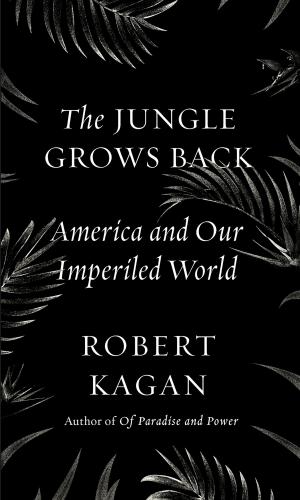
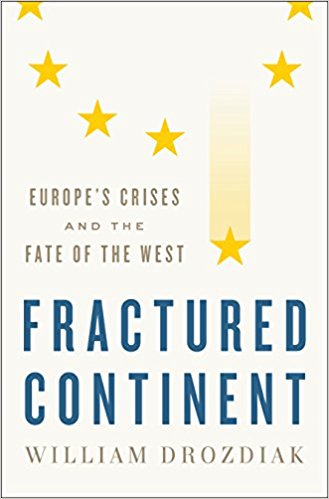
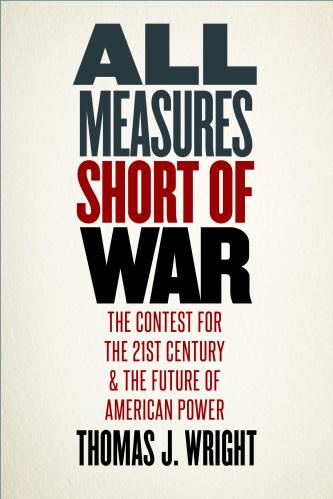
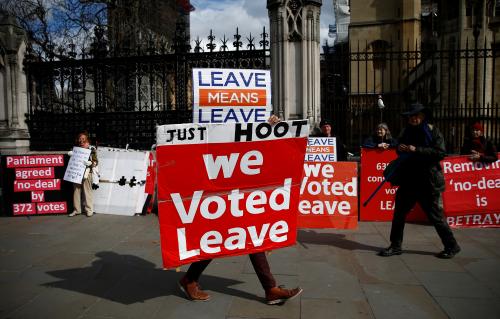
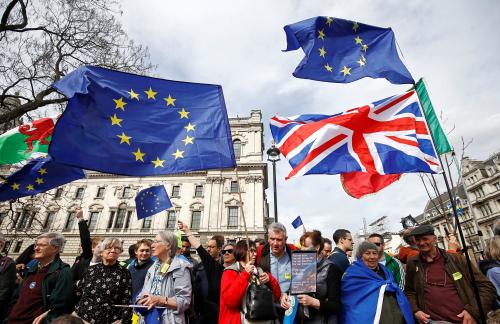

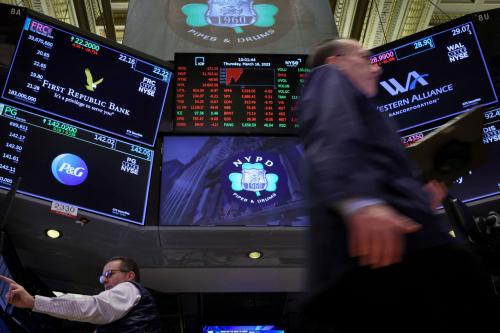
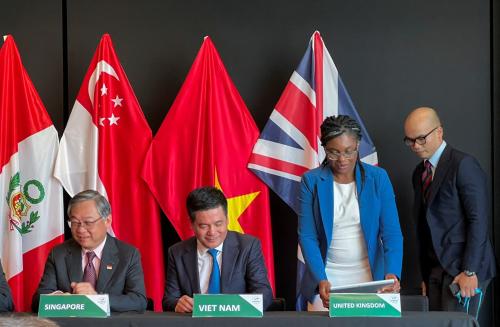
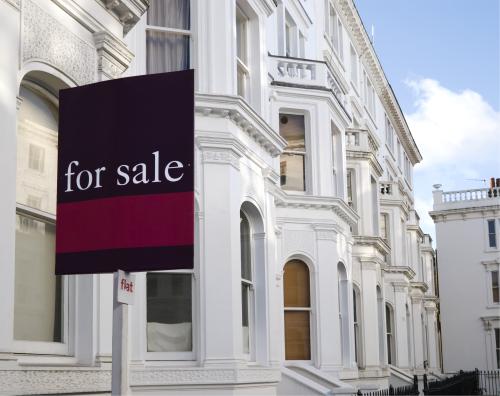
Commentary
Brexit endgame: A withdrawal agreement for Theresa May, but no clarity on Brexit
May 30, 2019